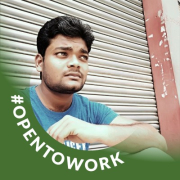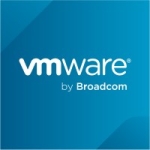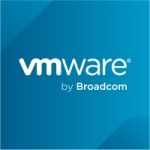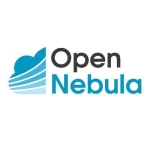What is our primary use case?
My main use cases right now involve migrating two of the most critical server VM servers that we have; one is our secure server, which has a lot of data in it, and the other one is an application server that hosts the critical application for my business.
I am currently using Nutanix Cloud Manager (NCM) to manage our infrastructure.
I'm using the local storage in Nutanix, and I'm using the move and the prism sensor to administer the closet.
Regarding specific functionalities, we already have micro-segmentation in Security Central to analyze the traffic that's crossing between those servers to be able to firewall application policy between those applications that are working on those servers.
What is most valuable?
I really appreciate the console, the centralized administration, and the ability to quickly attach storage between operations.
Management of our infrastructure has improved because it's simpler to administrate, and it's easier to understand what is happening with each server in our environment, allowing us to analyze the data and consumption of each component operating within it.
The cost governance feature allows our CTOs and CEOs to have an overall structure of knowledge about what is functioning and what we are doing in our infrastructure.
What needs improvement?
We are not using a lot of self-service because we are new in that area, but we understand that we could integrate that feature into our local development to allow us to test and operate our local infrastructure.
Until now, I have not encountered many challenges; during implementation, we had to focus on the data we have, ensuring we validated it to be clear on what we could migrate before and after the migration.
I don't see a need for improvements in Nutanix Cloud Manager (NCM) at the moment; however, I would appreciate better performance.
I would like to see integrated analytics in the dashboard that accurately displays graphics, such as CPU usage, the overall health of the infrastructure, and specific virtual machines that we refer to frequently.
I don't think the solution's cost visibility feature will affect us immediately, but over time I believe it will provide better benefits, help us reduce losses, and allow us to move forward with old projects and servers we are currently using.
For how long have I used the solution?
I have been using Nutanix Cloud Manager (NCM) for only a month, as I am a new customer in Nutanix, and I already implemented it at the beginning of last month.
What do I think about the stability of the solution?
I think Nutanix Cloud Manager (NCM) is the most reliable solution in our environment right now, and we are confident that despite any potential losses, we will not experience any downtime in other parts of our environment or services.
What do I think about the scalability of the solution?
Nutanix Cloud Manager (NCM) is very good for scalability; we are currently considering introducing Nutanix to other sites, perhaps in our co-location and possibly towards the end of the year for new acquisitions to enhance scalability.
How are customer service and support?
I have received very straightforward and pleasant technical support from our partner so far; I haven't had to escalate any cases, and I am confident that with their and the provider's support, we will get a good response if we encounter any incidents.
I would rate customer service and technical support a 10 right now.
How would you rate customer service and support?
How was the initial setup?
My deployment experience was very positive, as it was fast and straightforward, allowing simple integration into our existing infrastructure without affecting our operations or causing breakdowns while migrating servers.
What about the implementation team?
My experience with the pricing, setup costs, and licensing was good because our partner supported us by explaining the benefits and features of each option and what we could expect from the implementation. I understand that the Nutanix solution is cost-effective.
What was our ROI?
The biggest return on investment for me when using this product is the fast deployment and the rapid integration and migration without impacting our operations during the migration.
I believe we will see measurable outcomes from using Nutanix Cloud Manager (NCM), including reduced costs and more efficient IT management in the future.
What's my experience with pricing, setup cost, and licensing?
My experience with the pricing, setup costs, and licensing was good because our partner supported us by explaining the benefits and features of each option and what we could expect from the implementation. I understand that the Nutanix solution is cost-effective.
Which other solutions did I evaluate?
We considered two other products before adopting Nutanix Cloud Manager (NCM).
One was from HP, a simpler option, and we also looked at some from Dell.
The main differences between the two options were cost, the full package offered, and the level of support we would receive from the implementation partner.
What other advice do I have?
It has made things much more efficient. I would say efficiency has increased approximately by 80%.
To maintain that rating of 10, it's important for us to receive good responses during any situations and ensure collaboration with the partner and provider while keeping the pricing consistent.
We are analyzing the impact of the Runbooks feature on automating our IT processes, considering that we think we will be working on making some dashboards or using some of them to advance the rest of our Nutanix project.
I rate Nutanix Cloud Manager (NCM) 10 out of 10.
Which deployment model are you using for this solution?
On-premises
Disclosure: My company does not have a business relationship with this vendor other than being a customer.



















